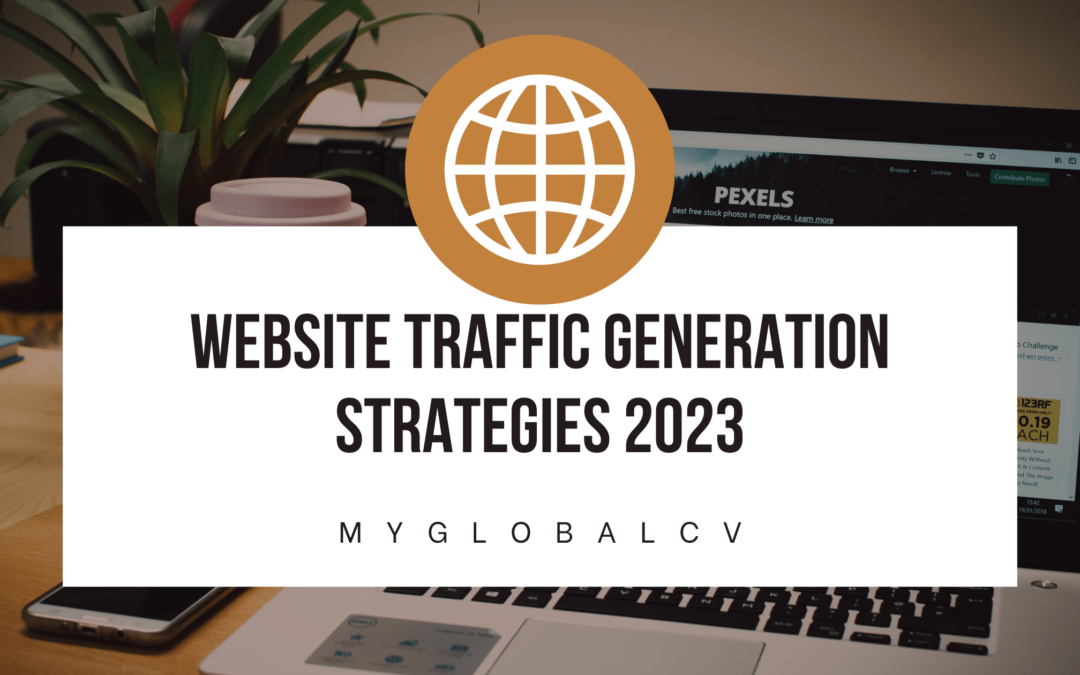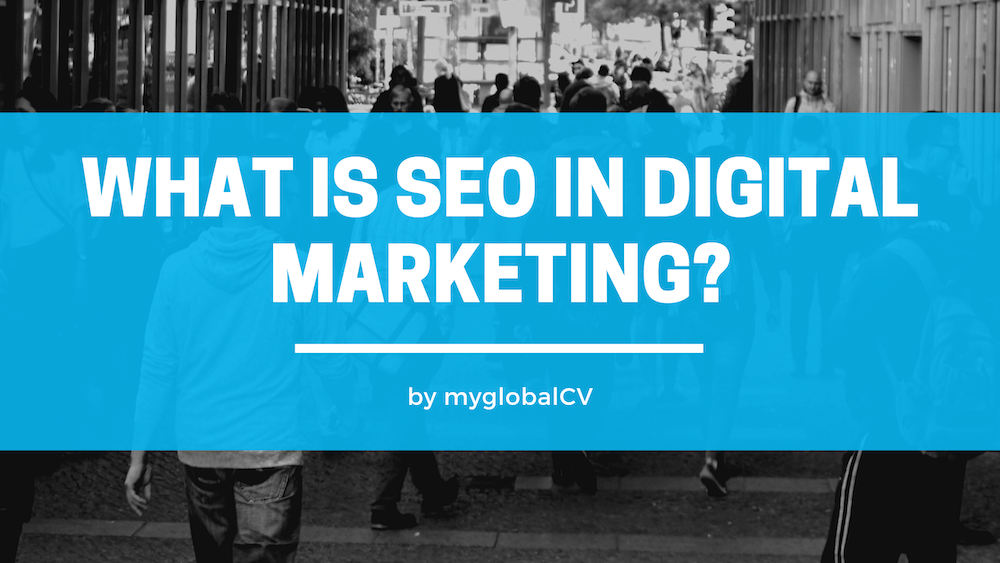Effective Website Traffic Generation Strategies
Generating high traffic on your website can be a challenging task, but there are several effective strategies that you can use to achieve this goal.
- Search Engine Optimization (SEO): One of the most effective ways to generate high traffic to your website is through search engine optimization (SEO). This involves optimizing your website for search engines such as Google, Bing, and Yahoo. This can be done by including keywords in your website’s content, meta tags, and title tags, as well as by building backlinks to your website from other high-quality websites.
- Content Marketing: Another effective strategy for generating high traffic to your website is through content marketing. This involves creating high-quality, engaging content that will attract and retain visitors. This can include blog posts, infographics, videos, and other types of content.
- Social Media Marketing: Another effective strategy for generating high traffic to your website is through social media marketing. This involves promoting your website and its content on social media platforms such as Facebook, Twitter, and Instagram. By creating engaging content and building a community around your brand, you can drive more traffic to your website.
- PPC Advertising: Pay-per-click (PPC) advertising can be an effective way to generate high traffic to your website. This involves placing ads on search engines and other websites that will be seen by potential customers. When someone clicks on one of these ads, they will be directed to your website, generating traffic.
- Email Marketing: Email marketing is also an effective strategy for generating high traffic to your website. This involves sending out email campaigns to your list of subscribers, promoting your website and its content. By providing valuable information and incentives for visiting your site, you can drive more traffic to your website.
- Influencer Marketing: This involves partnering with influencers or brand ambassadors who have large followings on social media platforms, to promote your website and its content. This can be a highly effective way to generate high traffic to your website, as influencers have built-in audiences that you can tap into.
- Optimize for Mobile: Optimizing your website for mobile is critical. With more and more people using mobile devices to browse the internet, it’s important to make sure your website is mobile-friendly. This means designing your website with a responsive layout, as well as ensuring that your pages load quickly and are easy to navigate on mobile devices.
- Analyze and Track your Traffic: It’s important to track and analyze your website traffic, so you can see which strategies are working and which aren’t. Tools like Google Analytics can help you track your website traffic, as well as gain valuable insights into the behavior of your visitors.
- Use Long-tail Keywords: Long-tail keywords are longer and more specific phrases that people use when searching for something on the internet. These keywords are less competitive and can help you rank higher in search engine results.
- Creating a sense of community: Creating a sense of community around your website is a great way to generate high traffic. This can be done by encouraging users to leave comments, participate in discussions, and share your content on social media.
The strategies I listed in the article are some of the most effective ways to generate high traffic to a website, but there are many other techniques that can be used as well.
Strategies to drive traffic to a website?
1. Creating a sense of urgency: Encourage visitors to take action on your site by creating a sense of urgency. This can be done by offering limited-time discounts or promotions, or by highlighting a limited-time offer.
2. Optimize your website for local search: Optimizing your website for local search can help you rank higher in search engine results for people searching for businesses in your area.
3. Use internal linking: Internal linking is the practice of linking to other pages on your own website. This helps visitors navigate your site and can also help boost your search engine rankings.
4. Use video: Video can be an effective way to drive traffic to your website. By creating engaging videos and promoting them on your website and on social media, you can attract more visitors to your site.
5. Use social proof: Social proof is the idea that people are more likely to take action if they see that others have taken that action before. By using social proof, such as customer testimonials or case studies, you can encourage more visitors to take action on your site.
6. Use retargeting: Retargeting is the practice of showing ads to people who have already visited your website. By retargeting visitors, you can drive more traffic to your site and increase conversions.
7. Use Google My Business: Google My Business is a free listing service from Google that allows businesses to promote their products and services to people who are searching for businesses in their area. By claiming and verifying your business on Google My Business, you can increase your visibility in local search results.
8. Use Google AdWords: Google AdWords is a pay-per-click advertising service that allows businesses to promote their products and services on Google. By using AdWords, you can drive more traffic to your site and increase conversions.
These are some of the strategies that can be used to drive traffic to a website, but there are many other techniques that can be used as well. The key is to find the strategies that work best for your business and to implement them consistently over time.
Implementing these strategies can help you generate high traffic to your website and drive more visitors to your site. It’s important to remember that generating high traffic is an ongoing process and requires consistent effort. By regularly updating your website with fresh content, engaging with your audience, and promoting your site, you can continue to drive traffic to your website over time.
- SEO keywords optimization: This involves optimizing your website’s content and meta tags to include relevant keywords that you want to rank for in search engine results. It’s important to ensure that the keywords you use are relevant to your business and that they are used in a natural and engaging way throughout your website’s content.
- Examples:
- Optimizing your title tags and meta descriptions to include relevant keywords
- Including keywords in your page headings and subheadings
- Using keywords in your alt tags for images
- Resources:
- Google’s Keyword Planner: https://ads.google.com/home/tools/keyword-planner/
- Moz’s Keyword Explorer: https://moz.com/explorer
- SEMrush: https://www.semrush.com/
- Examples:
- Keyword research for SEO: This involves researching the keywords and phrases that people are using to search for products or services like yours. It’s important to use keywords that are relevant to your business and that have a high search volume and low competition.
- Examples:
- Using Google’s Keyword Planner to find keywords related to your business
- Analyzing the keywords used by your competitors
- Asking your customers what terms they use to find your business
- Resources:
- Google’s Keyword Planner: https://ads.google.com/home/tools/keyword-planner/
- Moz’s Keyword Explorer: https://moz.com/explorer
- SEMrush: https://www.semrush.com/
- Examples:
- Long-tail keywords for SEO: These are longer, more specific phrases that people use to search for products or services. They are often less competitive and can help you rank for more specific search queries.
- Examples:
- “Best running shoes for flat feet”
- “Vegan restaurant in downtown Los Angeles”
- “Affordable home insurance in Texas”
- Resources:
- Google’s Keyword Planner: https://ads.google.com/home/tools/keyword-planner/
- Moz’s Keyword Explorer: https://moz.com/explorer
- SEMrush: https://www.semrush.com/
- Examples:
- Targeting high-volume keywords for SEO: This involves targeting keywords that have a high search volume, meaning that many people are searching for them. These keywords can help drive more traffic to your website, but they may also be more competitive.
- Examples:
- “Shoes”
- “Travel insurance”
- “Online degree”
- Resources:
- Google’s Keyword Planner: https://ads.google.com/home/tools/keyword-planner/
- Moz’s Keyword Explorer: https://moz.com/explorer
- SEMrush: https://www.semrush.com/
- Examples:
- Keyword analysis for SEO: This involves analyzing the keywords that you are currently ranking for and identifying any gaps or opportunities for improvement. It’s important to regularly analyze your keywords to ensure that you are targeting the most relevant and profitable keywords for your business.
- Examples:
- Checking your website’s Google Search Console for the keywords you’re currently ranking for
- Using a tool like SEMrush to analyze your website’s keywords
- Analyzing your website’s analytics data to identify the keywords that are driving the most traffic to your site
- Resources:
- Google Search Console: https://search.google.com/search-console
- SEMrush: https://www.semrush.com/
- Google Analytics: https://analytics
- Examples:



